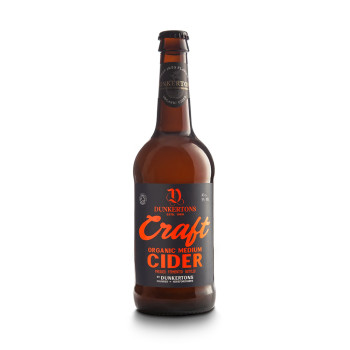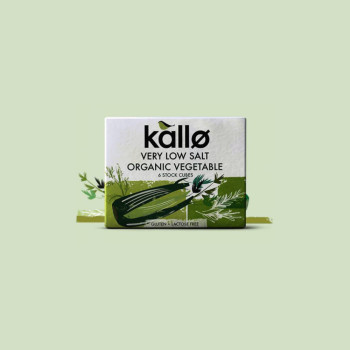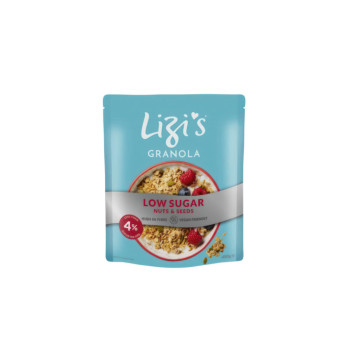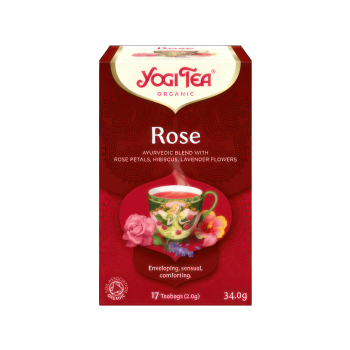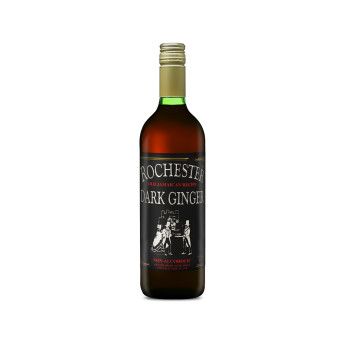
Organic wheatgerm is the nutrient-rich core of the wheat kernel. It’s the part of the seed that can sprout into a new wheat plant, making it a powerhouse of vitamins, minerals, and essential nutrients. Here’s an in-depth look at what makes organic wheatgerm special:
What Is Wheatgerm?
Wheatgerm is the embryo of the wheat grain. It’s only a small part of the whole grain, but it holds a high concentration of nutrients because it’s the plant’s growth center.
In the production of refined wheat products, the wheatgerm is usually removed to increase shelf life. Organic wheatgerm, however, is kept intact and minimally processed to retain its natural nutrients.
Nutritional Profile:
- High in Protein: Wheatgerm provides a good amount of plant-based protein, including essential amino acids that support muscle repair and overall body function.
- Rich in Fibre: The fibre in wheatgerm supports digestion, heart health, and blood sugar stability.
Vitamins:
- Vitamin E: Wheatgerm is one of the best natural sources of vitamin E, an antioxidant that supports skin health, immune function, and protects cells from oxidative damage.
- B Vitamins: It’s packed with B vitamins, including folate, thiamine, and B6, which help with energy metabolism and red blood cell formation.
Minerals:
- Magnesium: Important for muscle function, heart health, and bone health.
- Iron: Helps support blood health and energy levels.
- Zinc: Supports immune function and wound healing.
Healthy Fats: Wheatgerm contains healthy polyunsaturated fats, including omega-3 fatty acids, which are beneficial for brain and heart health.
Health Benefits:
- Antioxidant Properties: Vitamin E and other antioxidants in wheatgerm help combat free radicals, which may reduce the risk of chronic diseases and slow down the aging process.
- Heart Health: The fibre, healthy fats, and antioxidant content contribute to heart health by supporting healthy cholesterol levels and reducing inflammation.
- Supports Immune Health: Zinc and vitamin E boost the immune system, helping the body defend itself against illnesses.
- Skin and Hair Health: Vitamin E and healthy fats promote a radiant complexion and support hair strength and growth.
Culinary Uses:
- Breakfast Addition: Wheatgerm can be sprinkled on top of oatmeal, yogurt, or cereals, adding a slight nutty flavor and nutritional boost.
- Baking: Often incorporated into bread, muffins, pancakes, and cookies to increase fiber, protein, and nutrient content.
- Smoothies: It can be added to smoothies for extra nutrients without altering the flavor significantly.
- Salads and Soups: A small sprinkle of wheatgerm on salads or soups provides added texture and nutrients.
Suppliers may vary from those illustrated.



